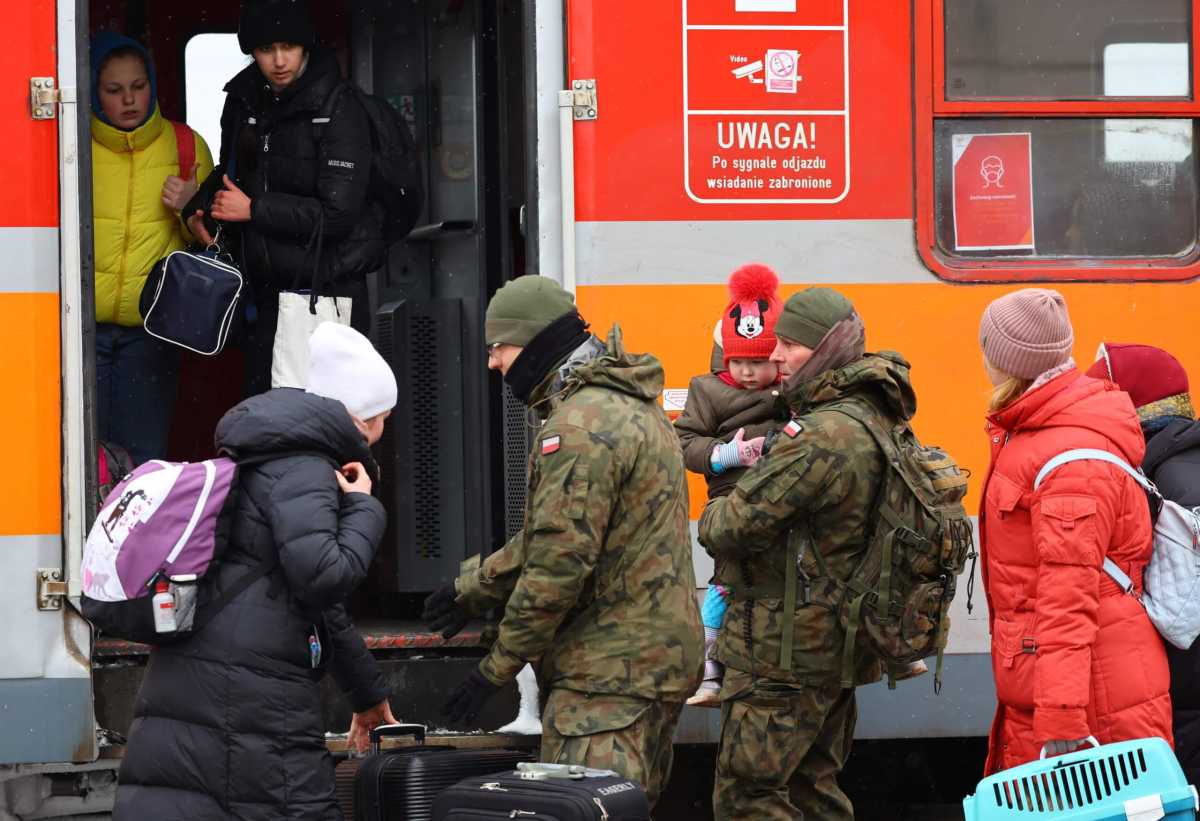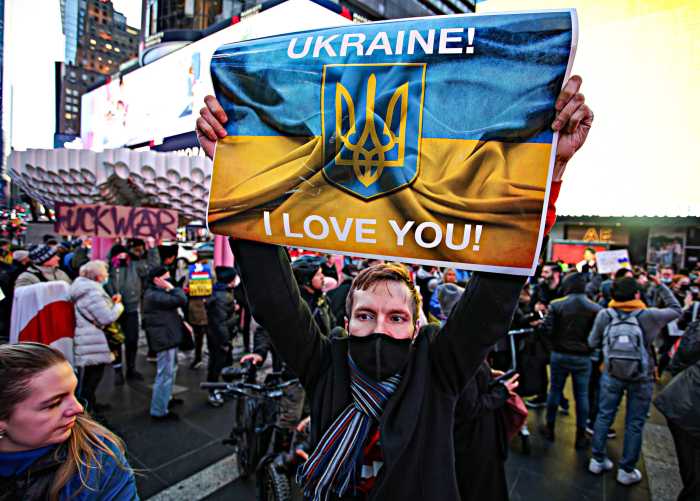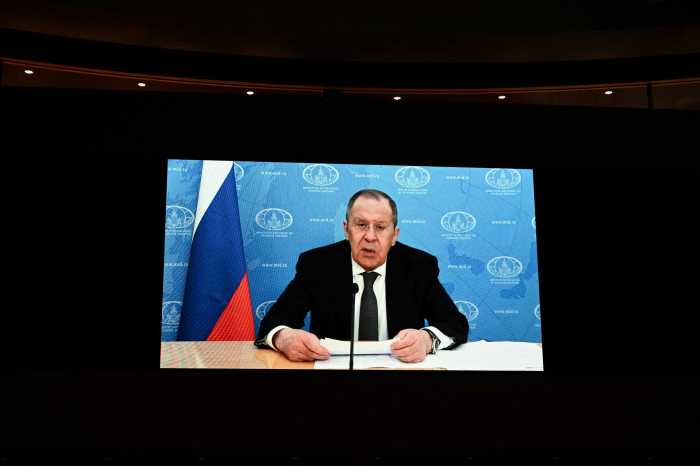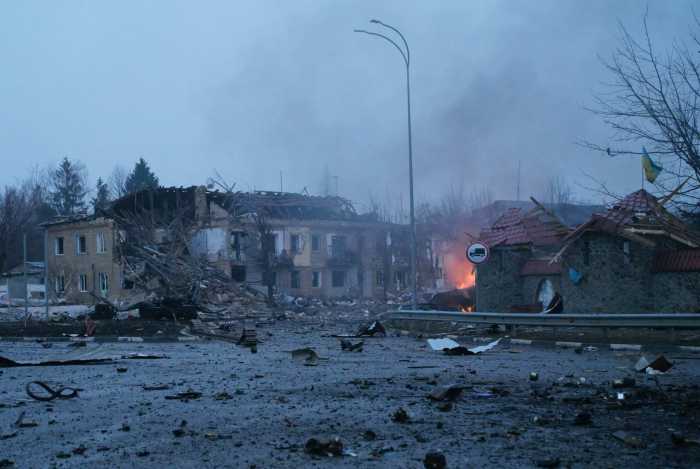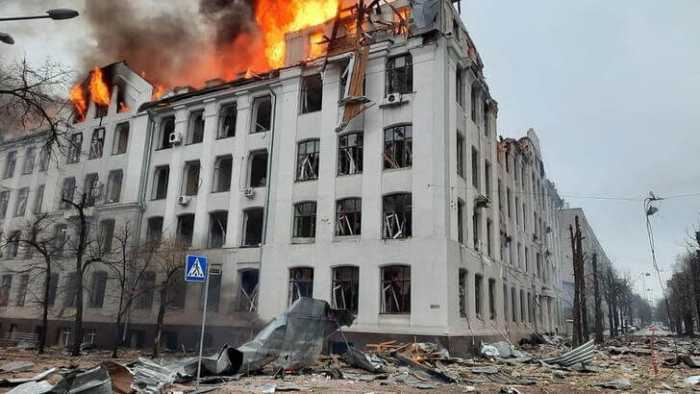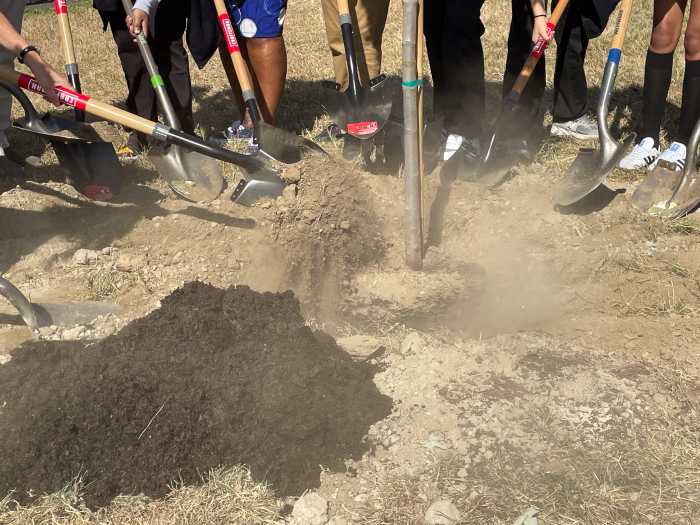Thousands more Ukrainian refugees fled to central and eastern Europe on Wednesday, many with no contacts and nowhere to go, as host countries scrambled to accommodate them.
Since Russia invaded Ukraine on Feb. 24, the number of refugees has now probably reached 2.1-2.2 million, the head of the U.N. Refugee Agency (UNHCR), Filippo Grandi, said.
Most are women and children, as men stay home to fight.
So far, most refugees have gone to relatives, friends or contacts in the Ukrainian diaspora rather than to reception centers being set up by authorities, Grandi said.
“This is the best way for them to feel welcomed, to feel in a familiar environment and also have less burden on public services, frankly, which is very important for these countries,” he said.
But this was likely to change as more refugees arrive and more will need to stay in reception centers, Grandi said, adding: “We need to be realistic and we need to plan for that.”
Some signs of that trend are appearing at Przemysl, a town near Poland’s busiest border crossing that has become a transit hub for refugees.
“At the start, about 90-95% were people who had a place to go, now there’s many more people looking for a place to go and where someone will take care of them,” Mayor Wojciech Bakun told reporters, speaking in front of the train station where refugees arrive from Ukraine. “They don’t have friends or relatives.”
Alina Kondrashova, 33, a doctor from Krivoy Rog in Ukraine, who arrived in Przemysl on Wednesday with her three-year-old, mother, sister and her sister’s baby, was hoping to travel on to Estonia by bus.
“We don’t have family there, but my mother was born there during Soviet times and there’s a place to stay,” she told Reuters at the train station, where the temperature was -1 degree Celsius (30 degrees Fahrenheit) and snow fell.
Giving blood
Efforts to help Ukrainians continued across central and eastern Europe.
In Romania, authorities in Bucharest opened two centers for Ukrainian children, where they can play and do activities, for families who are there a few days before they move elsewhere.
At the Siret border crossing, refugees continued to cross from Ukraine on foot and by car, most carrying backpacks and dragging suitcases. Some carried pets.
They are welcomed by volunteers offering hot drinks, food and a smile. Traveling by train remains free for Ukrainian refugees.
In the central Polish city of Lodz, a regional agency for blood donations is asking people not to donate blood for now because it has had too many donations in recent days. Instead, it is asking people to come back later, when the supply is lower.
Across central Europe, memories of Moscow’s dominance after World War Two run deep, heightened by outrage at Russia’s invasion of Ukraine.
Moscow calls its action a “special military operation” to disarm its neighbor and dislodge leaders it calls “neo-Nazis.” Kyiv and its Western allies dismiss that as a baseless pretext for an unprovoked war against a democratic country of 44 million people.
The UNHCR is planning a cash program for refugees that could help them pay rent in private accommodation. “It will start hopefully by this week in Poland,” Grandi said. “We will try to do this to complement what governments are doing.”
The United Nations’ plans are based on four million refugees arriving but Grandi said the number will likely have to be revised upwards.
More than 1.3 million people have crossed into Poland since the war began, while nearly 320,000 have crossed into Romania – more than half entering via non-EU member Moldova – and 153,000 having entered Slovakia, officials said.
Trying to evacuate more
Ukraine will on Wednesday try to evacuate civilians through six “humanitarian corridors”, including from the besieged southern port city of Mariupol, Deputy Prime Minister Iryna Vereshchuk said.
She said in a video statement that Ukrainian armed forces had agreed to stop firing in those areas from 9 a.m. until 9 p.m. local time and urged Russian forces to fulfill their commitment to local ceasefires.
“I appeal to the Russian Federation: You have undertaken official public commitments to cease fire from 9 a.m. to 9 p.m. We have had negative experiences when the commitments that were undertaken did not work,” Vereshchuk said.
She was referring to several failed attempts to open safe corridors for trapped civilians in the past few days. Each side blamed the other for their failure.
About 5,000 people did however manage to flee the northeastern city of Sumy through a humanitarian corridor on Tuesday, the regional governor said.
Concerns at Chernobyl
Meanwhile, radioactive substances could be released from Ukraine’s Chernobyl nuclear power plant because it cannot cool spent nuclear fuel after its power connection was severed, Ukraine’s state-run nuclear company Energoatom said on Wednesday.
It said fighting made it impossible to immediately repair the high-voltage power line to the plant, which was captured by Russian forces after the Kremlin launched a full-scale invasion of Ukraine on Feb. 24.
Energoatom said there were about 20,000 spent fuel assemblies at Chernobyl that could not be kept cool amid a power outage.
Their warming could lead to “the release of radioactive substances into the environment. The radioactive cloud could be carried by wind to other regions of Ukraine, Belarus, Russia, and Europe,” it said in a statement.
Without power, ventilation systems at the plant would also not be working, exposing staff to dangerous doses of radiation, it added.
On Tuesday, the U.N. nuclear watchdog warned that the systems monitoring nuclear material at the radioactive waste facilities at Chernobyl had stopped transmitting data.
The still-radioactive site of the world’s worst nuclear disaster lies some 62 miles from Kyiv.
Its fourth reactor exploded in April 1986 during a botched safety test, sending clouds of radiation billowing across much of Europe.



